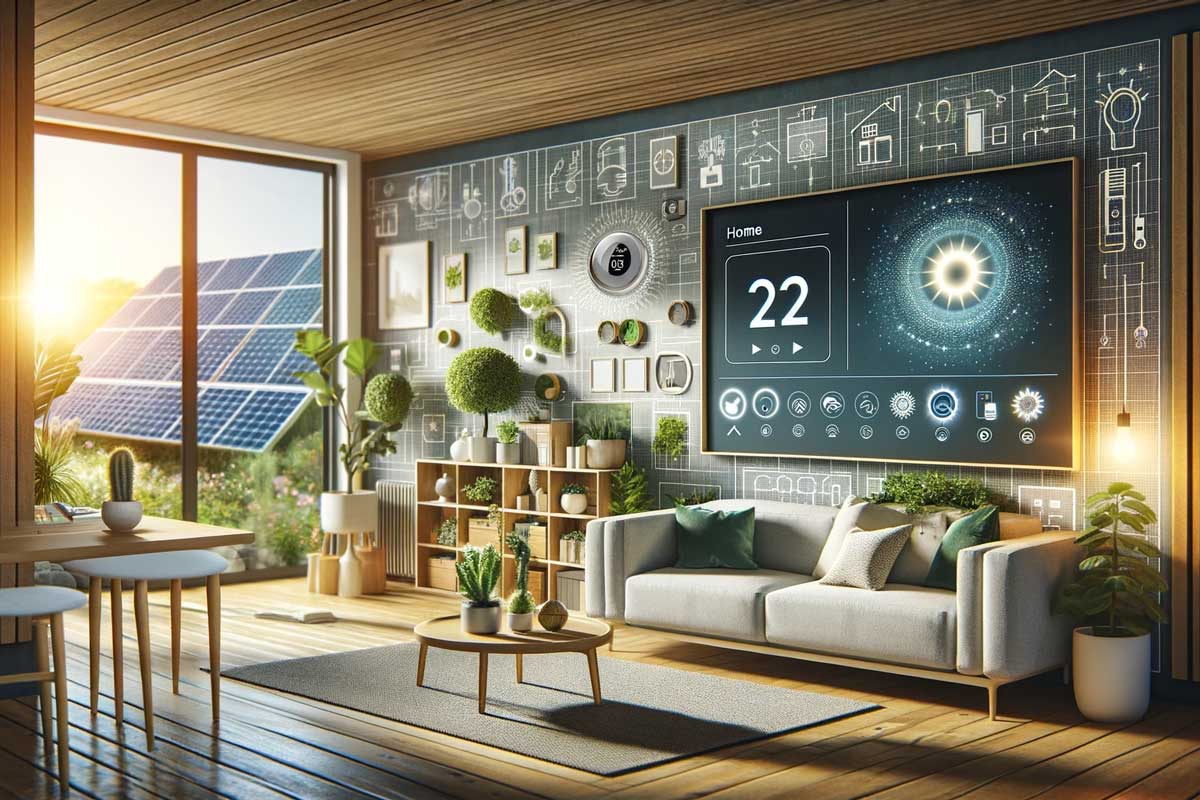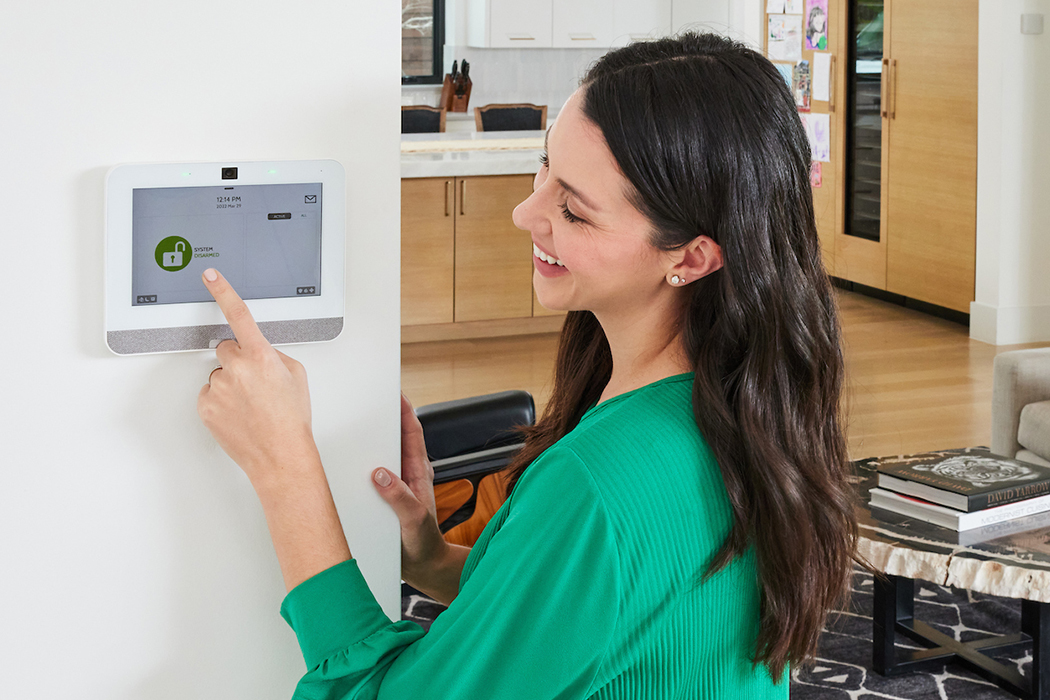
Tips for automated lighting in green homes: boost efficiency
Share
In an era where sustainability and technology intersect, green homes are becoming increasingly popular. With the growing interest in eco-friendly living, many are turning to technology to enhance energy efficiency and reduce carbon footprints. A key component of this transformation is the integration of automated lighting systems. This article delves into essential tips for automated lighting in green homes, offering insights for tech professionals and enthusiasts seeking to optimize their living spaces.

Understanding Automated Lighting Systems
Automated lighting systems are smart solutions designed to control lighting based on user preferences and environmental factors. These systems can adjust brightness, color, and even switch lights on and off automatically. By leveraging sensors, timers, and connectivity, they enhance convenience and energy efficiency in green homes.
The Benefits of Automated Lighting in Green Homes
Integrating automated lighting into green homes offers numerous benefits. Firstly, it significantly reduces energy consumption by ensuring lights are only used when needed. Secondly, it enhances the home's ambiance, allowing homeowners to create desired atmospheres for different occasions. Moreover, these systems can be integrated with other smart home technologies for a seamless living experience.
Energy Efficiency and Cost Savings
One of the primary advantages of automated lighting is its ability to reduce energy usage. By utilizing sensors and timers, lights are automatically adjusted based on occupancy and natural light levels. This results in substantial cost savings on energy bills. Additionally, integrating smart lighting with solar panels can further amplify these savings, making green homes even more sustainable.
Enhancing Ambiance and Comfort
Automated lighting allows homeowners to personalize their living spaces. With the ability to adjust brightness and color, one can easily create a cozy atmosphere for relaxation or a vibrant setting for social gatherings. Furthermore, automated systems can be programmed to simulate natural light patterns, promoting healthier sleep cycles and overall well-being.
Implementing Automated Lighting: Key Considerations
When considering automated lighting for your green home, it's essential to evaluate several factors. The choice of technology, compatibility with existing systems, and the overall design of the home are crucial considerations. Let's explore these in more detail.
Choosing the Right Technology
There are various smart lighting technologies available, each with its unique features and benefits. When selecting a system, consider factors such as ease of use, compatibility with other smart devices, and energy efficiency ratings. Some popular technologies include Zigbee, Z-Wave, and Wi-Fi-based systems.
For more information on smart lighting options, you can explore this guide on eco-friendly smart lighting brands.
Integration with Existing Systems
Before installing an automated lighting system, assess its compatibility with your current infrastructure. Ensure that the new system can seamlessly integrate with other smart devices and technologies in your home. This will ensure a cohesive and efficient smart home experience.
Design and Aesthetics
While functionality is paramount, aesthetics should not be overlooked. Choose lighting fixtures and designs that complement your home's architecture and interior design. Consider consulting with a professional to achieve the perfect balance between form and function.
Future Trends in Automated Lighting
The future of automated lighting in green homes is promising, with continuous advancements in technology. Innovations such as AI-powered lighting systems, voice-activated controls, and advanced energy management solutions are on the horizon. These developments will further enhance the efficiency and convenience of smart home lighting.
Artificial Intelligence and Machine Learning
The integration of AI and machine learning into automated lighting systems will revolutionize how we interact with our homes. These technologies can learn from user behavior, optimizing lighting settings to suit individual preferences and schedules. This not only enhances comfort but also maximizes energy efficiency.
Voice-Activated Controls
Voice-activated controls are becoming increasingly popular in smart home environments. With the ability to control lighting using voice commands, homeowners can enjoy hands-free convenience and accessibility. This is particularly beneficial for individuals with mobility issues or busy lifestyles.
Conclusion
In conclusion, the integration of automated lighting in green homes offers numerous benefits, from energy efficiency and cost savings to enhanced comfort and ambiance. By carefully selecting the right technology and ensuring compatibility with existing systems, homeowners can create a sustainable and efficient living environment.
For further insights into sustainable living with smart home automation, consider visiting this resource.

FAQs
What are the key benefits of automated lighting in green homes?
Automated lighting systems enhance energy efficiency, reduce costs, and improve home comfort by allowing personalized lighting settings. They also integrate seamlessly with other smart home technologies.
How does automated lighting contribute to energy savings?
Automated lighting systems use sensors and timers to adjust lighting based on occupancy and natural light levels, significantly reducing energy consumption and lowering utility bills.
What should I consider when choosing an automated lighting system?
When selecting a system, consider factors such as technology compatibility, ease of integration with existing systems, and the design and aesthetics of lighting fixtures.
